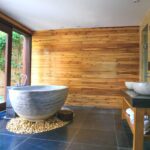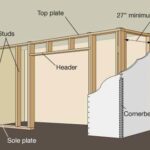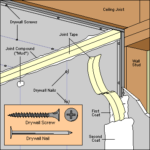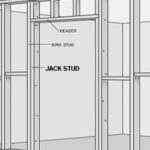TOOLS AND MATERIALS NEEDED
Repairing Scratches
Repairing Gouges
| TOOLS | Safety glasses, drill, screwdriver, hammer, nails set, saw, chisel, countersink bit |
| MATERIALS | Talcum powder or powdered graphite, wood glue, wood screws, nails (2d to 4d finishing nails), wood putty, dowel plugs, replacement balusters, hardwood for replacing treads, wedges or brackets for securing loose parts, metal connectors for reinforcing newels |
How to repair or replace wall paneling that has been scratched, dented, dinged, or gouged
Like other wall surface materials, board paneling can become damaged by everyday wear and tear in a house. Boards can become gouged, scratched, dented, and dinged. Minor scratches and dings can be hidden or covered up, but you may want to replace panels that are more seriously damaged with new panels that match the existing paneling.
Real wood paneling is usually individual boards jointed together, but a lot of “wood” paneling is actually thin photo-laminated sheets designed to look like solid wood. This is an important distinction, because real boards can be repaired using conventional woodworking methods, while faux wood requires more cosmetic treatment.
Repairing Scratches
A slight scratch in a board, for example, simply reveals more of the same wood below, while a deep scratch in paneling can expose a paper backing or plywood core. Paneling sheets also have a clear surface film that is hard to match with any type of protective finish.
Though it is difficult to conceal repairs to veneer or simulated materials, minor scratches and gouges in both sheet and solid-wood paneling can be concealed with a putty stick of matching color. When using a putty stick, fill the scratch and then wipe away any putty on the surface of the paneling with a clean cloth.
For severe scratches on quality paneling, consult a furniture repair expert who may be able to conceal scratches with furniture polish or an “almond stick”—a compressed fabric stick impregnated with almond oil.
Repairing Gouges
Deep gouges in solid wood paneling can sometimes be repaired if replacing the panel is not a convenient option.
1. Using fine sandpaper, lightly san in line with the wood grain to remove the finish from around the gouge.
2. Next, run a hot iron over a damp cloth placed over the damaged area to raise the wood fibers to the level of the surrounding wood.
3. Using a putty knife, fill the gouge with putty that matches the paneling. Let it dry and then lightly sand the area smooth, working in line with the wood grain.
4. Finish to match the surrounding area.
A deep gouge in woodwork can also be repaired by gluing in a new piece of the same type of wood. If you glue in a new section of wood, clean away any dried glue around the edges of the repair and sand the entire section around it before you re-stain.
How to Repair Wall Paneling FAQs
- Can you patch wall paneling?
Yes, you can patch wall paneling. Minor scratches and dings can be concealed using a putty stick of matching color. For more severe damage, such as deep gouges, the panel can be repaired using putty or by gluing in a new piece of the same type of wood.
- How to fix fake wood paneling?
Fake wood paneling, often made of thin photo-laminated sheets designed to look like solid wood, requires more cosmetic treatment. Minor scratches and gouges can be concealed with a putty stick of matching color. Fill the scratch and wipe away any excess putty with a clean cloth. For severe scratches, a furniture repair expert may use furniture polish or an almond stick to conceal the damage.
- How do you fix wall paneling?
Fixing wall paneling involves different steps depending on the type and extent of the damage. For minor scratches, use a putty stick of matching color to fill the scratch and then wipe away any excess putty with a clean cloth. For deep gouges in solid wood paneling, lightly sand around the gouge with fine sandpaper, raise the wood fibers with a hot iron and damp cloth, fill the gouge with matching putty, let it dry, and sand it smooth. Finally, finish to match the surrounding area.
- How to fill a hole in paneling?
To fill a hole in paneling, use a putty knife to fill the hole with wood putty that matches the paneling. Allow the putty to dry. Lightly sand the area smooth, working in line with the wood grain. Finally, finish to match the surrounding area.



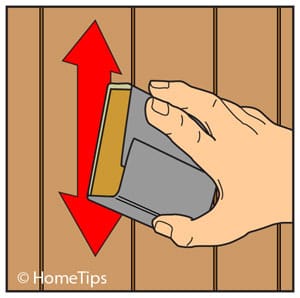
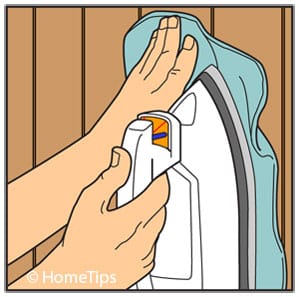
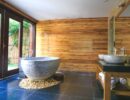
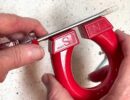
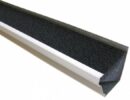

 Don Vandervort writes or edits every article at HomeTips. Don has:
Don Vandervort writes or edits every article at HomeTips. Don has:

